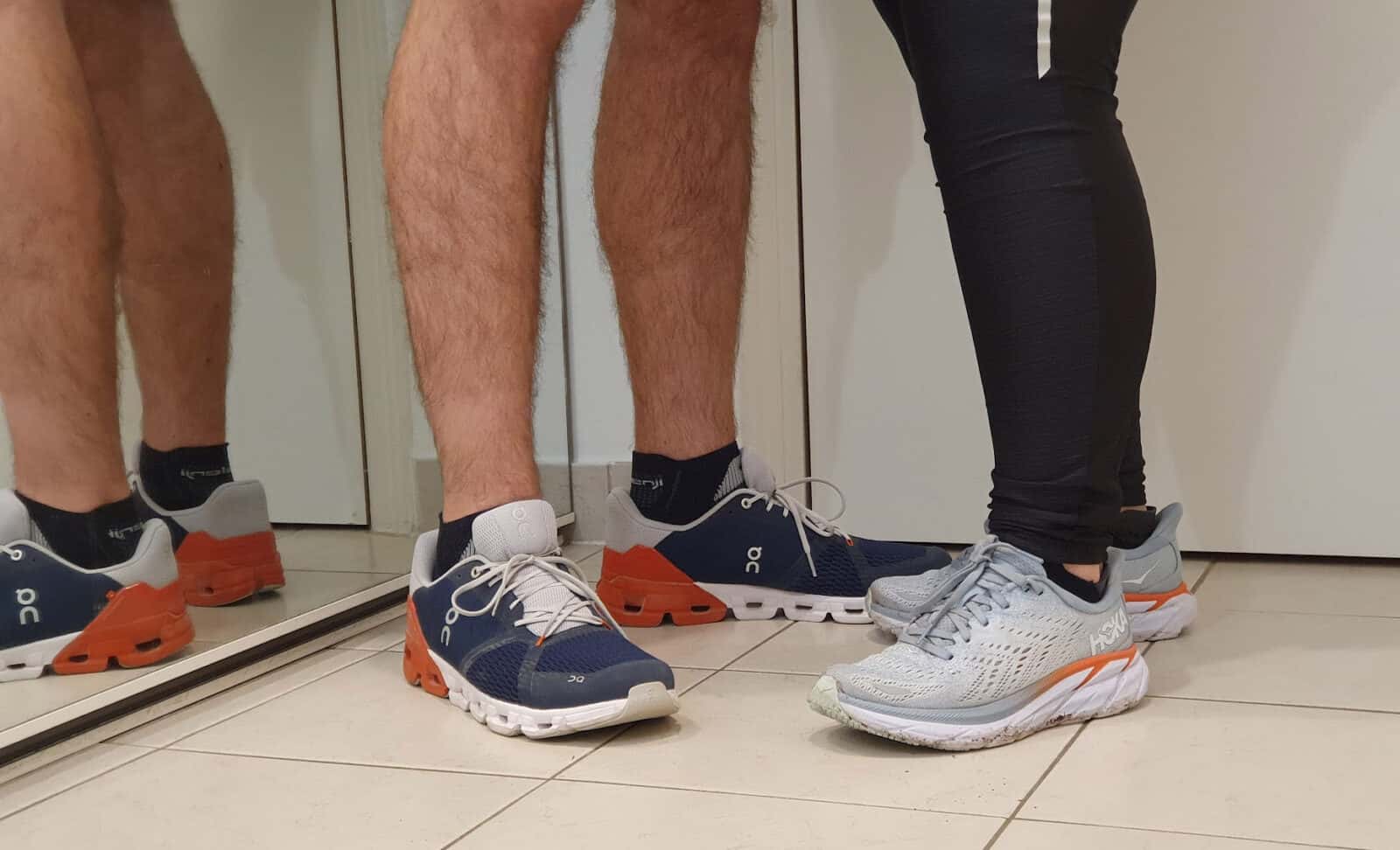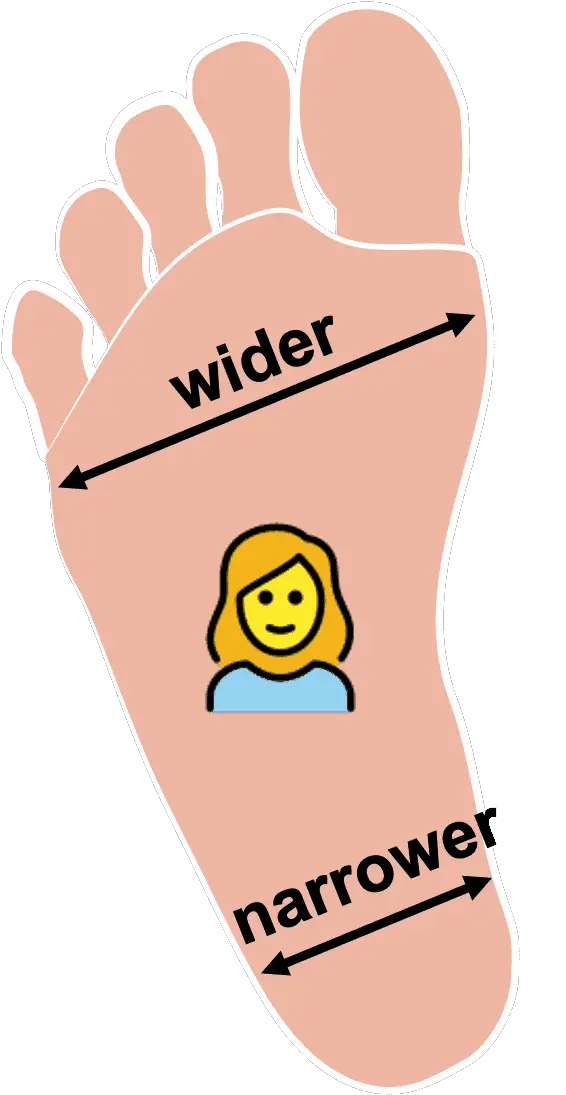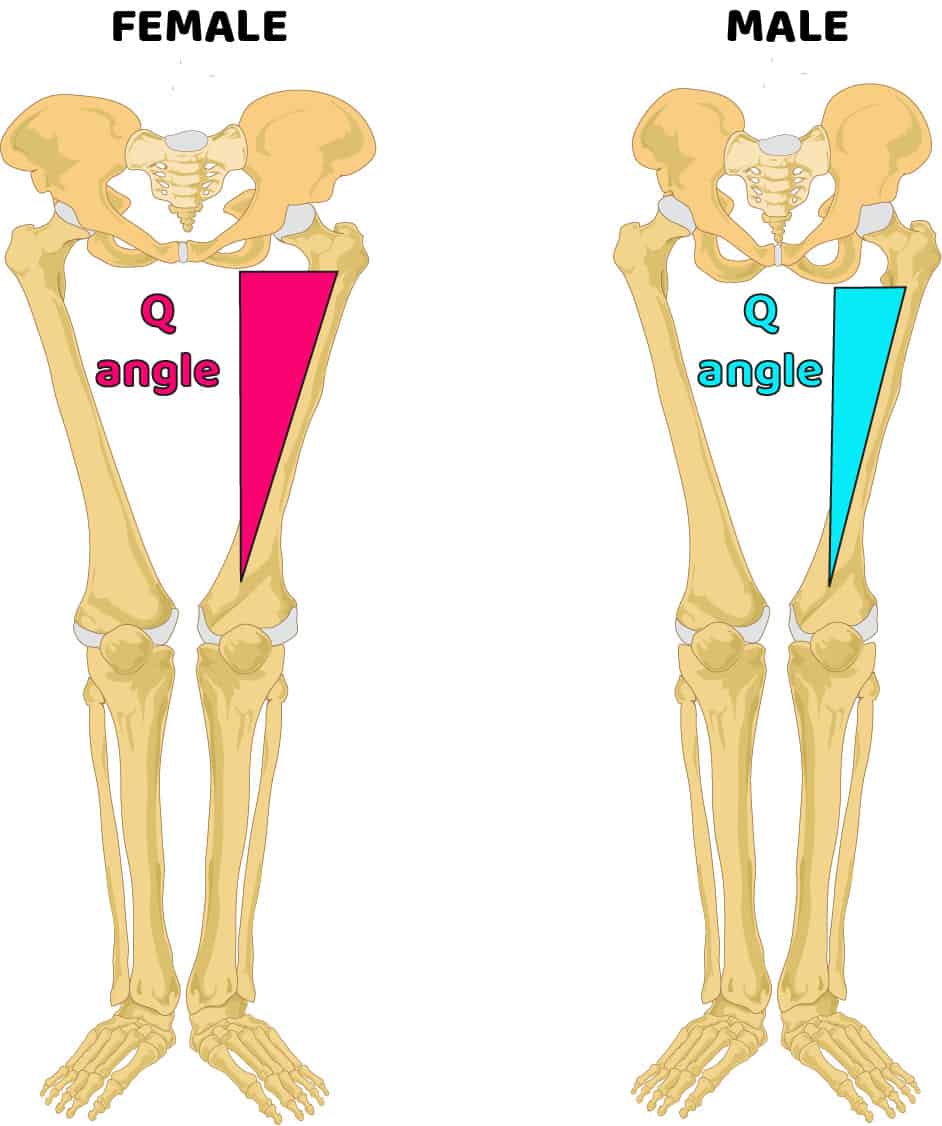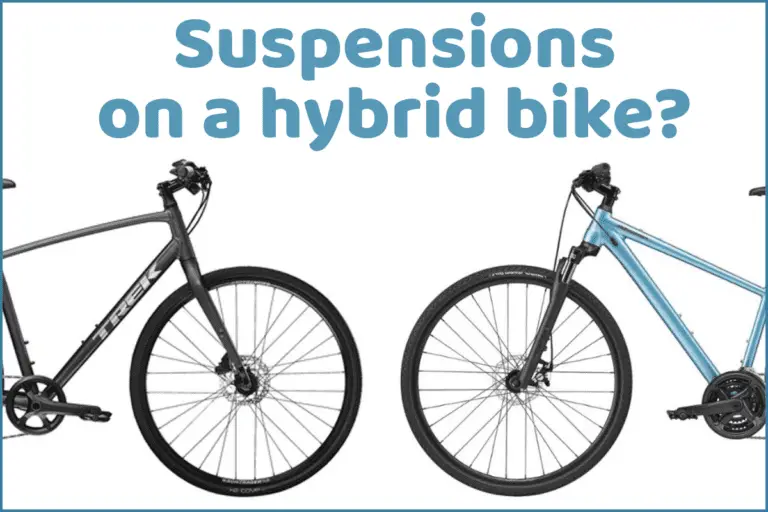Can a man wear women’s running shoes?
Share on:
Maybe you can’t find your desired shoe size in the men’s running shoes, or you just like their designs more, and now you are wondering if you, as a man, can wear a woman’s running shoes or not. Will they fit you, and is it okay to consider getting them?
Nothing prevents a man from wearing women’s running shoes. Whether it is the color, the structure, the women-specific brand, or because you have comparatively thinner feet, it is ok to buy women running shoes if they fit you well. Comfort is key.
It is not always easy to find the right shoe, especially for shorter men or men with narrower feet than average. This is why I have laid out a list of the main differences between men’s and women’s running shoes to help you find the perfect and desired fit for your feet.
What are the differences between men’s and women’s running shoes?
Historically, companies and businesses originally only catered to male customers for running shoes. To market them to a wider audience, men’s running shoes were made into more attractive colors with smaller and thinner sizes for women. This is the famous method called the ‘shrink and pink’ method.
However, as the popularity of the sport increased, businesses deviated from the conventional approach and invested in running shoes specifically designed for women’s feet.

Consequently, most companies are expected to target almost all types of feet, from small to larger sizes and lengths. We could argue that any gender that fits the shoes could wear them, but there is a bit more depth to consider before deciding whether a man can wear a woman’s running shoes.
Let’s review how women’s running shoes differ from men’s:
The shape of the shoe
The width of the shoe is the main distinction between men’s and women’s running shoes. Women’s shoes generally have a wider forefoot and toe area and a narrower heel than the counterpart’s shoes, reflecting the differences in foot shapes between the genders.
Several studies (including “sex-related differences in foot shape” by Krauss I. et al., 2008) have shown that on average men have broader and longer feet than women. And the following differences can be noticed in the foot measurement between genders:
- women typically have wider forefoot width than men
- women typically have smaller ankles and smaller heels than men

Whereas men’s feet are broader overall, meaning they don’t have much difference between the forefoot and the heel area.
The size of the shoe
Nowadays, running shoe companies offer a wide range of sizes for running shoes, and not only based on length. Most brands nowadays offer models specifically designed for wider and narrower feet for both women’s and men’s running shoes. Therefore women’s running shoes should account for almost any feet dimensions, which means size won’t prevent you from trying your counterpart shoes.
However, shoe sizes are using different charts between men and women in the US. Therefore a women’s US size 9 does not equal a man’s US size 9. I will cover shoe size conversion between genders later on in this article.
The sole of the shoe
Typically women have less muscle mass than men. This is generally estimated as 15% less muscle than men. This means there is a significant difference in how women’s mass affects the sole of the shoes. To make it simple: typically women weigh less than men. This is why nowadays most shoe designs take into account this characteristic by having a softer midsole than men’s running shoes.
Also, women’s running shoes generally have more flexible soles than men’s. You can notice it by looking at the size of the grooves below the shoes. They tend to be bigger on women’s shoes to help the shoe flex without as much weight as men’s.
Pronation
Women tend to be more subjected to pronation than men.
If you have never heard about pronation, it is a movement that can be seen when the foot is hitting the ground and the weight is applied to the inner side of the foot. This is visible on the shoes, wear will appear faster on one side of the shoe.
Pronation is related to the Q-angle which is the angle between the quadriceps and the patella tendon (almost the kneecap) and provides information about the alignment of the knee joint.

Since women have wider hips than men, their Q-angle is wider than men’s. This is a significant reason that they require more support than men. Running shoe companies have taken this into account in women’s running shoe design by using more supportive material.
Attractive Shoe Designs
Oftentimes, women-focused brands offer a variety of running shoes with attractive patterns and designs. This may come in the form of vibrant colors and funky designs.
Shoe designs can be attractive but always remember that the most important thing is to find the perfect fit for you. Always try the shoes before buying them.
How to convert men’s shoe sizes into women’s?
We have seen earlier that shoe sizes are different for men and women in the US. For instance, a woman’s size 9.5 will be a man’s size 8. Below you will find a shoe size conversion chart to help you get the correct size while browsing for shoes in the opposite-sex category.
| Foot length | Foot length (inches) | US size MEN | US size WOMEN | EUR size | UK size |
|---|---|---|---|---|---|
| 224 mm | 8.819 | 4 | 35 | 2.5 | |
| 227 mm | 8.937 | 4.5 | 35.5 | 3 | |
| 230 mm | 9.055 | 5 | 36 | 3.5 | |
| 234 mm | 9.213 | 5.5 | 36.5 | 4 | |
| 237 mm | 9.331 | 5.5 | 37 | 4 | |
| 240 mm | 9.449 | 6 | 37.5 | 4.5 | |
| 244 mm | 9.606 | 6.5 | 38 | 5 | |
| 247 mm | 9.724 | 7 | 38.5 | 5.5 | |
| 250 mm | 9.843 | 6 | 7.5 | 39 | 5.5 |
| 254 mm | 10.000 | 6.5 | 7.5 | 39.5 | 6 |
| 257 mm | 10.118 | 7 | 8 | 40 | 6.5 |
| 260 mm | 10.236 | 7.5 | 8.5 | 40.5 | 7 |
| 264 mm | 10.394 | 8 | 9 | 41 | 7.5 |
| 267 mm | 10.512 | 8 | 9.5 | 41.5 | 7.5 |
| 270 mm | 10.630 | 8.5 | 9.5 | 42 | 8 |
| 274 mm | 10.787 | 9 | 10 | 42.5 | 8.5 |
| 277 mm | 10.906 | 9.5 | 10.5 | 43 | 9 |
| 280 mm | 11.024 | 9.5 | 43.5 | 9.5 | |
| 284 mm | 11.181 | 10 | 44 | 9.5 | |
| 287 mm | 11.299 | 10.5 | 44.5 | 10 | |
| 290 mm | 11.417 | 11 | 45 | 10.5 | |
| 294 mm | 11.575 | 11.5 | 45.5 | 11 | |
| 297 mm | 11.693 | 11.5 | 46 | 11 | |
| 300 mm | 11.811 | 12 | 46.5 | 11.5 | |
| 304 mm | 11.969 | 12.5 | 47 | 12 | |
| 307 mm | 12.087 | 13 | 47.5 | 12.5 | |
| 310 mm | 12.205 | 13.5 | 48 | 13 | |
| 314 mm | 12.362 | 14 | 48.5 | 13.5 | |
| 317 mm | 12.480 | 14.5 | 49 | 14 | |
| 320 mm | 12.598 | 15 | 49.5 | 14.5 | |
| 324 mm | 12.756 | 15.5 | 50 | 15 |
But remember this chart is here to help you figure out which size to try on. Sizing is different between brands and shoe models, some are a bit wider or a bit narrower for a given size. Therefore, I recommend you always try on the shoes before buying.
Should you try women’s running shoes?
We have seen that women’s running shoes can be different from men’s to account for gender-specific foot morphology. The differences are the type and location of the supports, extra flexibility of the sole, and different internal geometry.
However, some scientific studies (“Effect of Sex-Specific Running Shoes on Female Recreational Runners”, S. Rasmussen et al., 2022) have found that these differences are minor in the shoe design and don’t affect performance or comfort. It doesn’t seem to give a biomechanical or physiological advantage to the wearer of the shoe.
In short, the difference between men’s and women’s running shoes might be more of a marketing thing than something else. The difference might exist, but it is very small. So don’t let these differences prevent you from trying women’s running shoes.
As long as the fit is right for you, and you feel comfortable in the shoes, there is nothing wrong with adopting women’s running shoes. In fact, if your feet are narrow, there is a good chance you will find a better fit in women’s running shoes.
Actually, a male friend of mine who has narrow feet prefers women’s running shoes as they just feel right for him. Overall it is just a question of personal preference.
So yes it is definitely fine for a man to wear women’s running shoes!
Share on:






